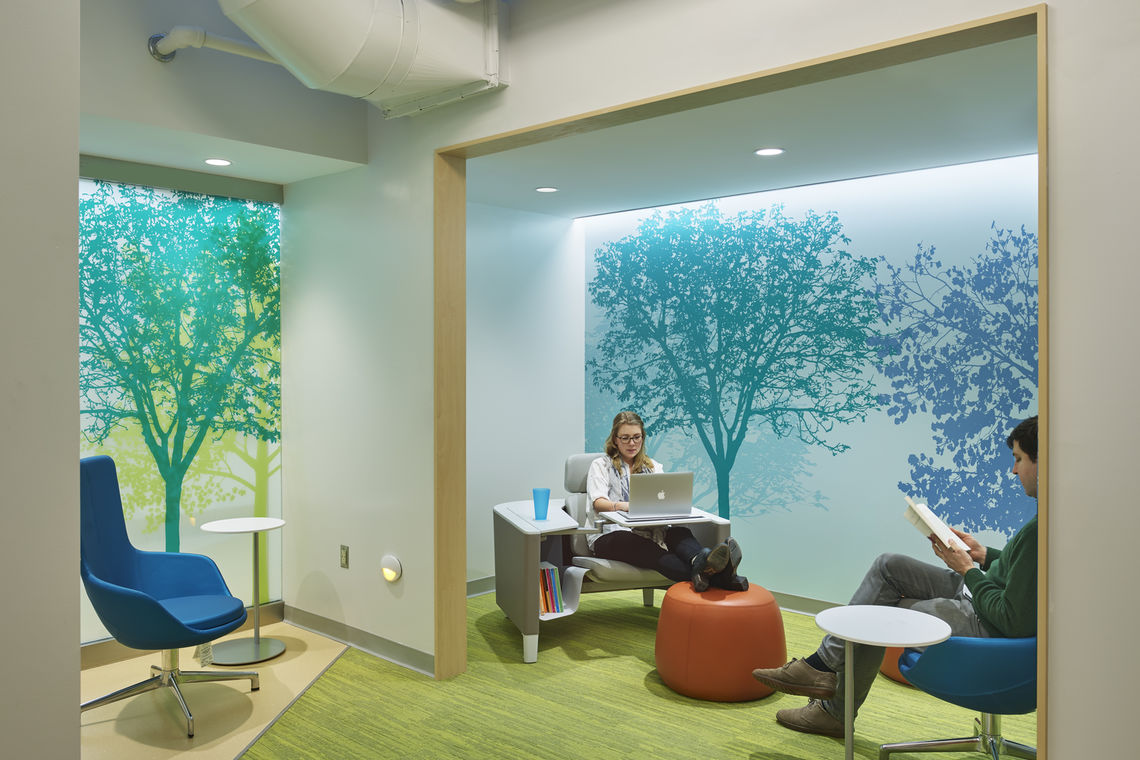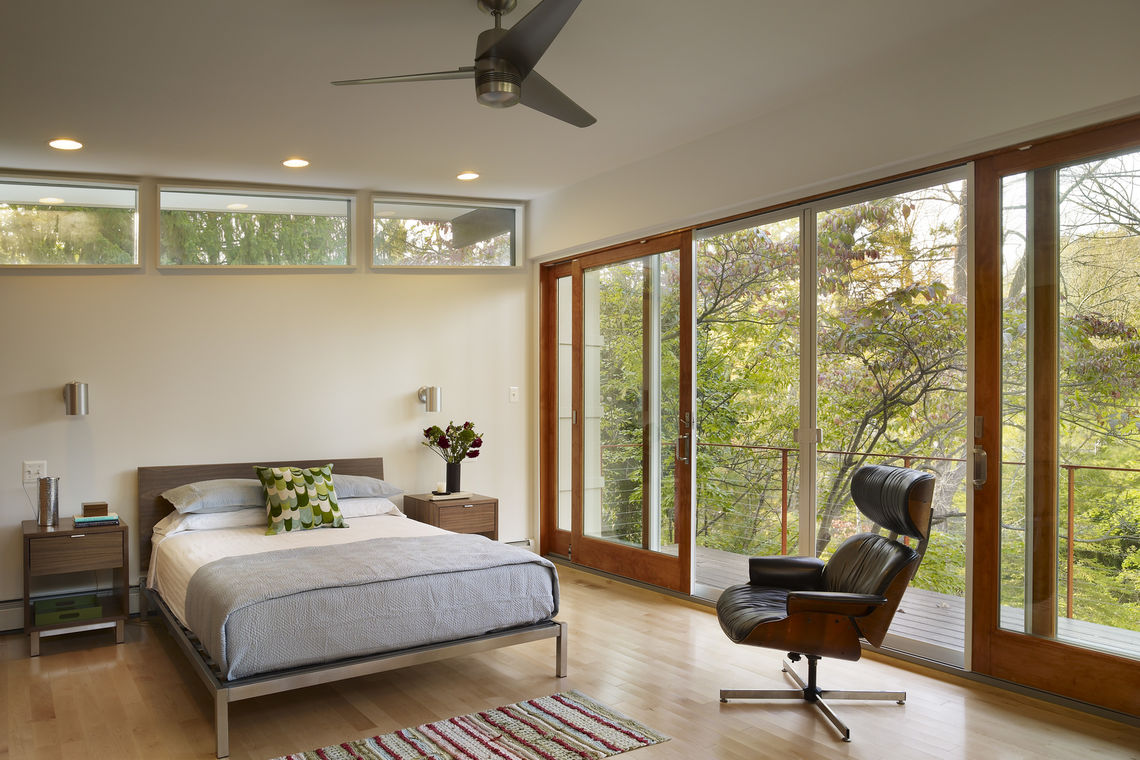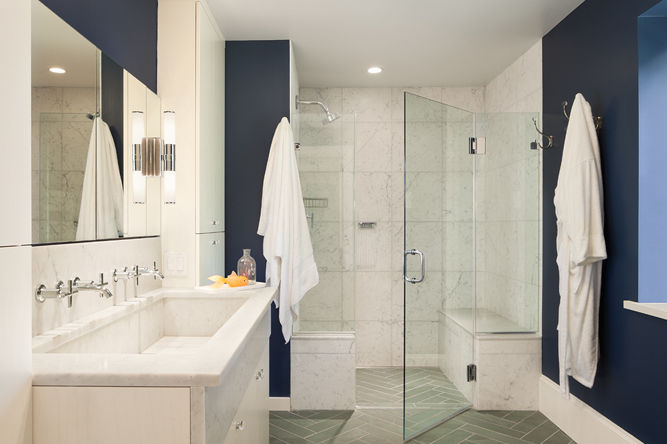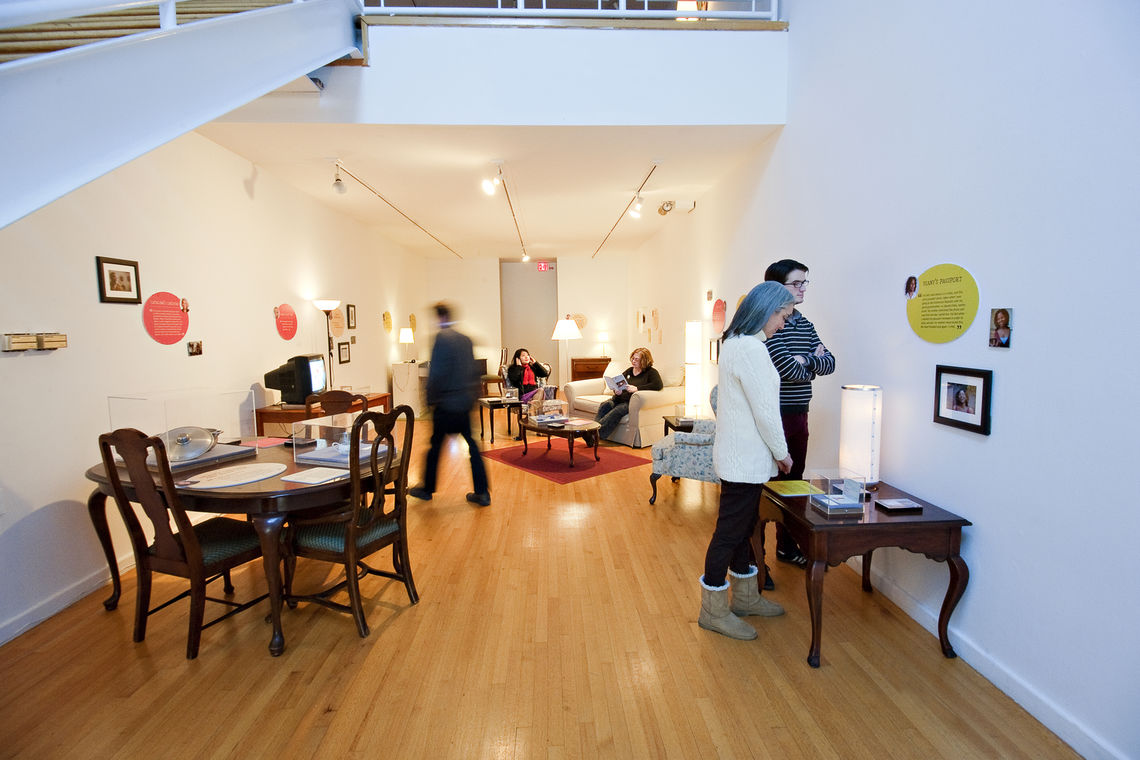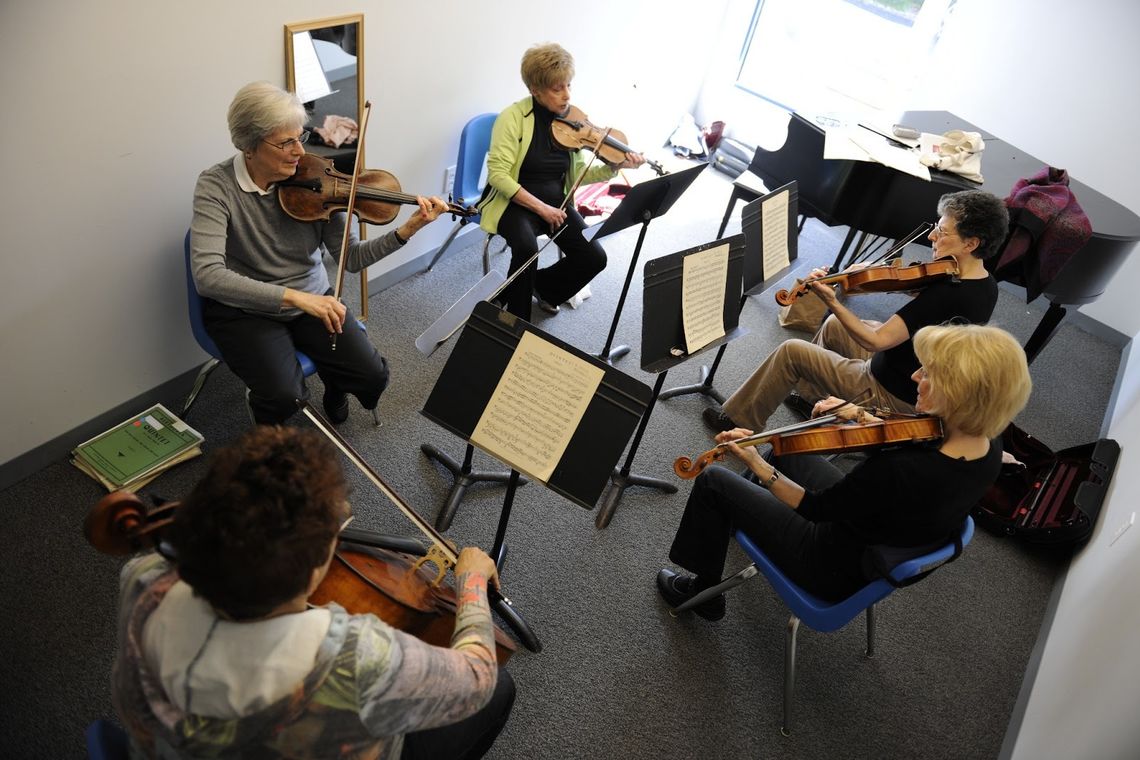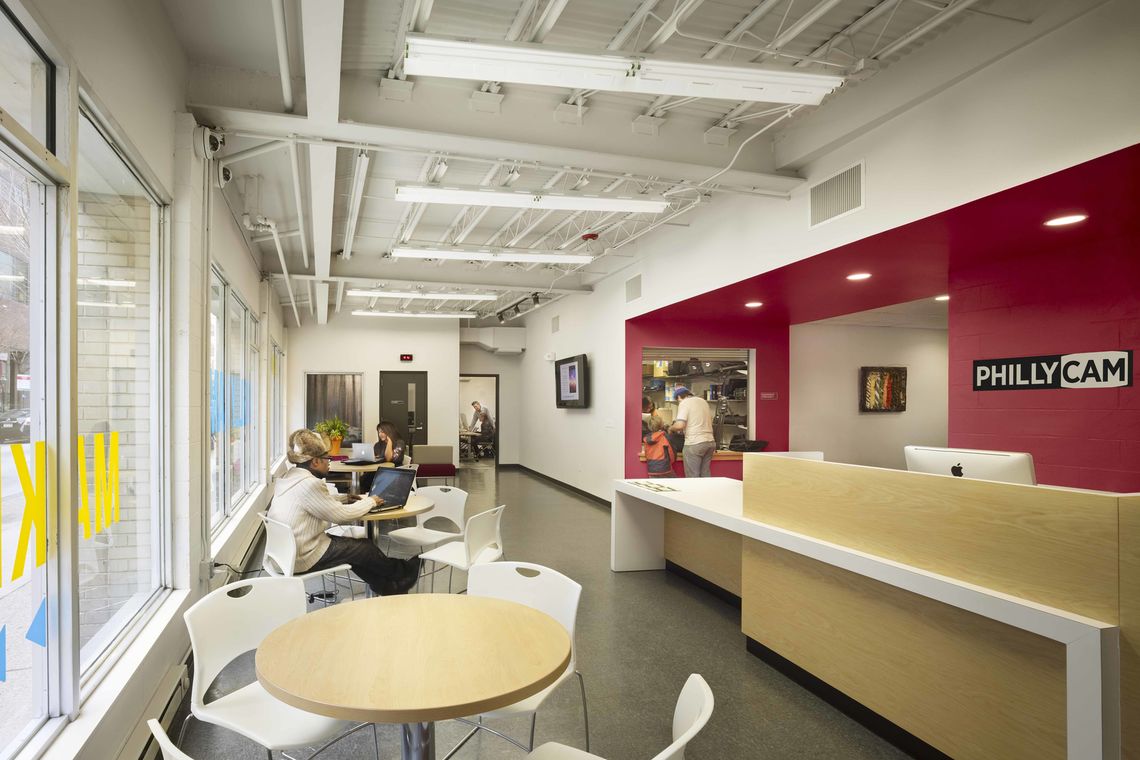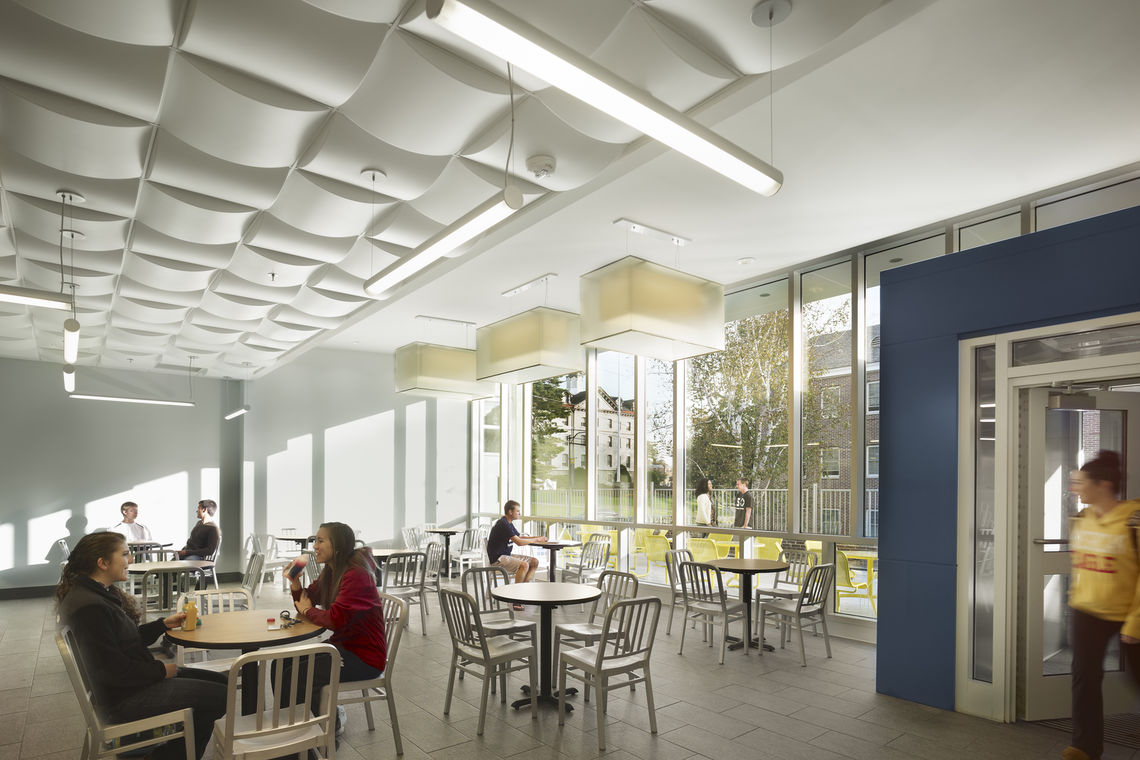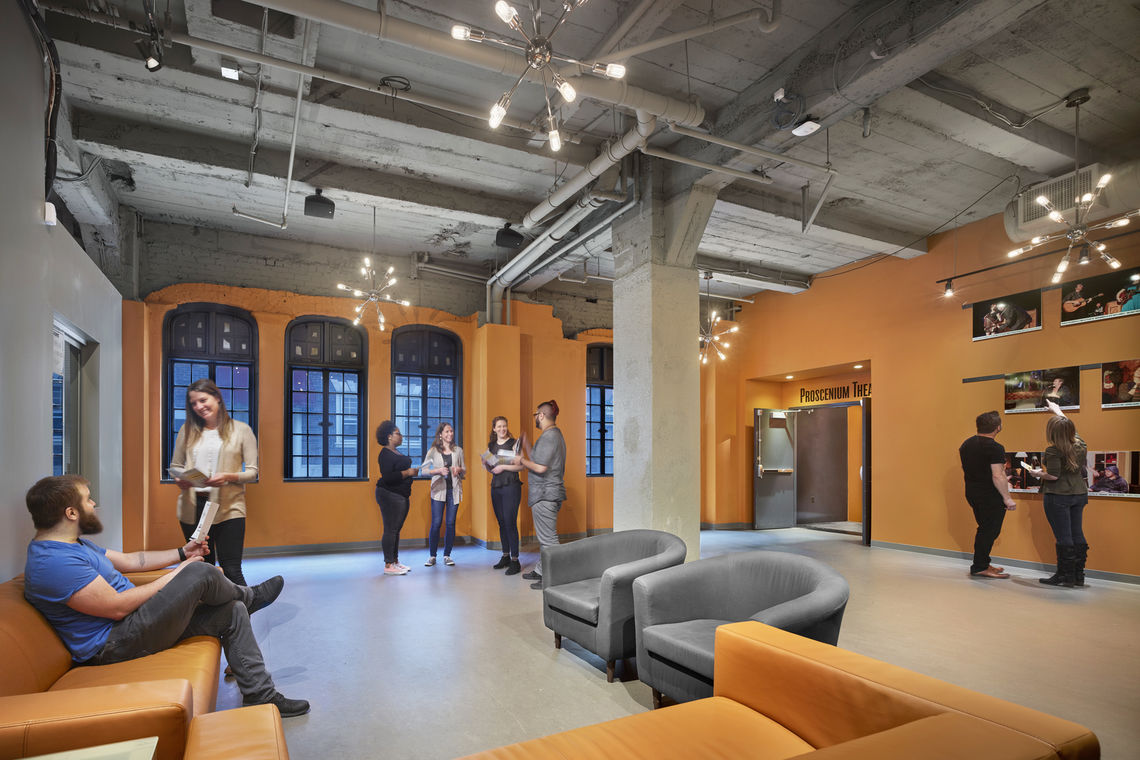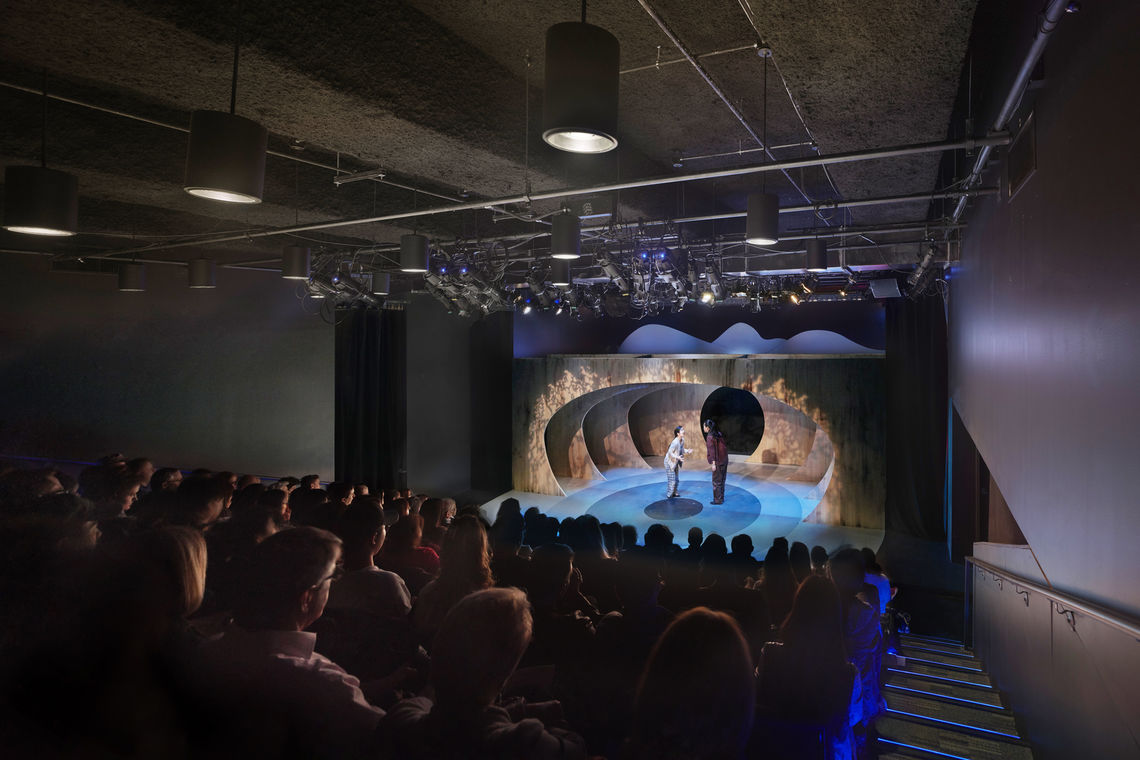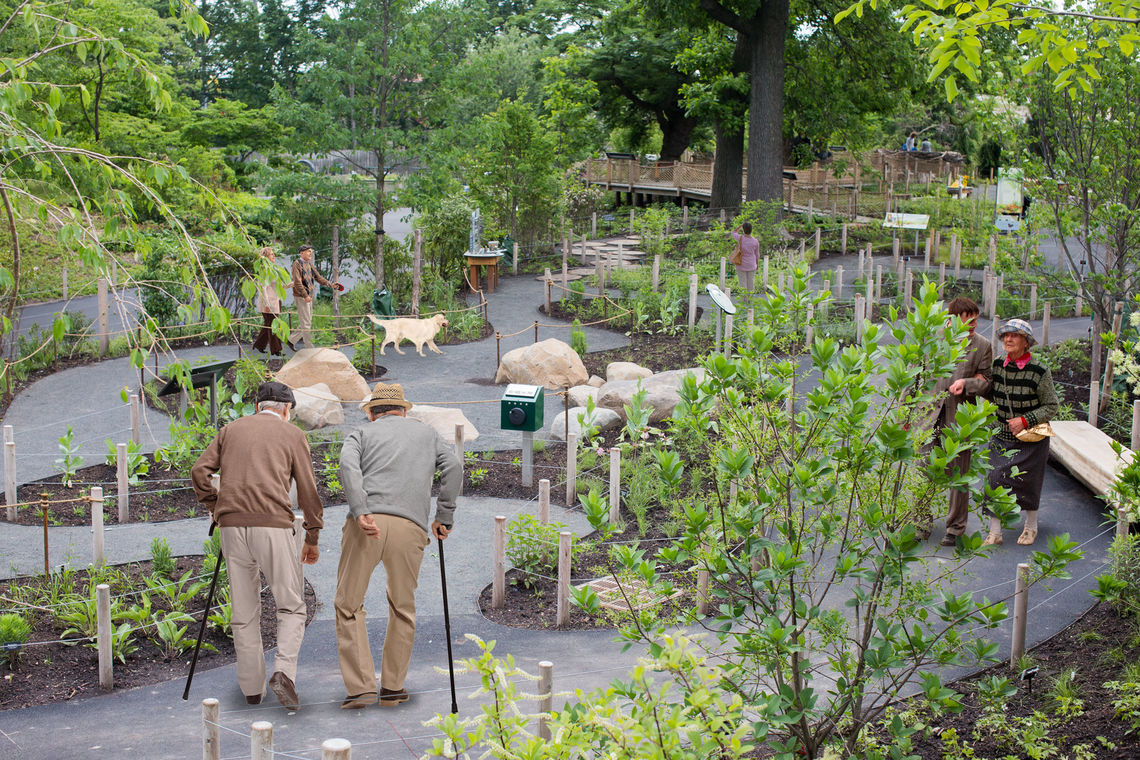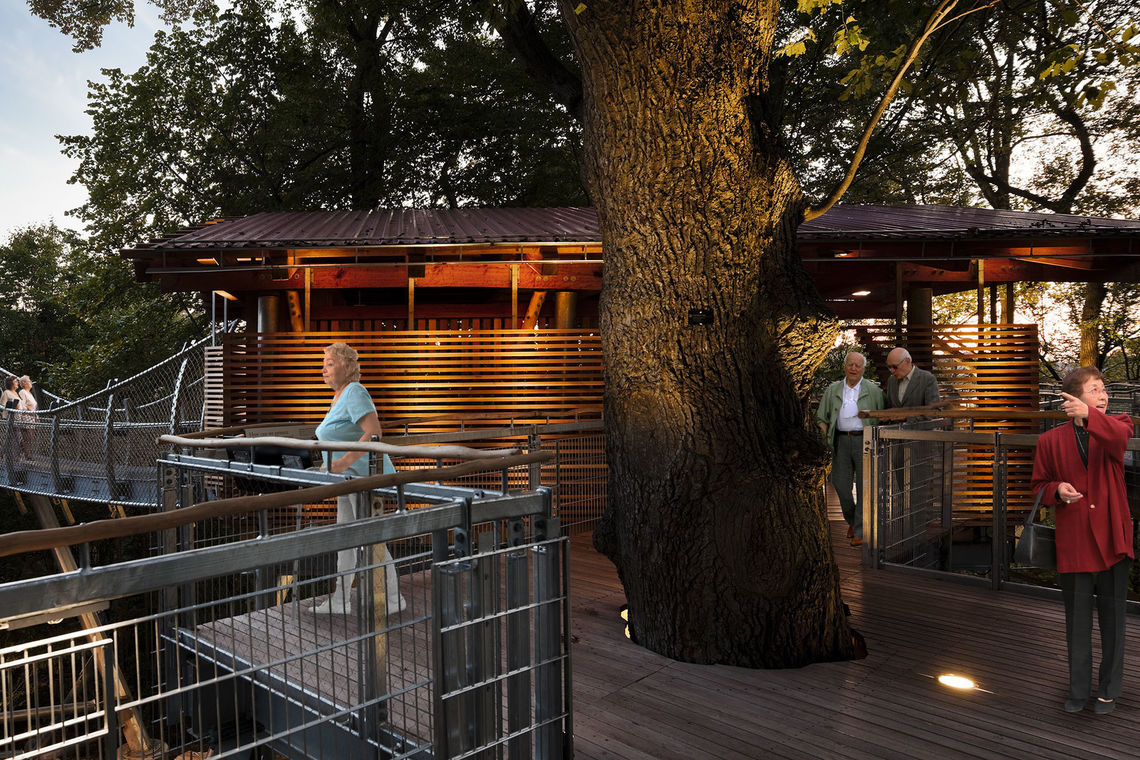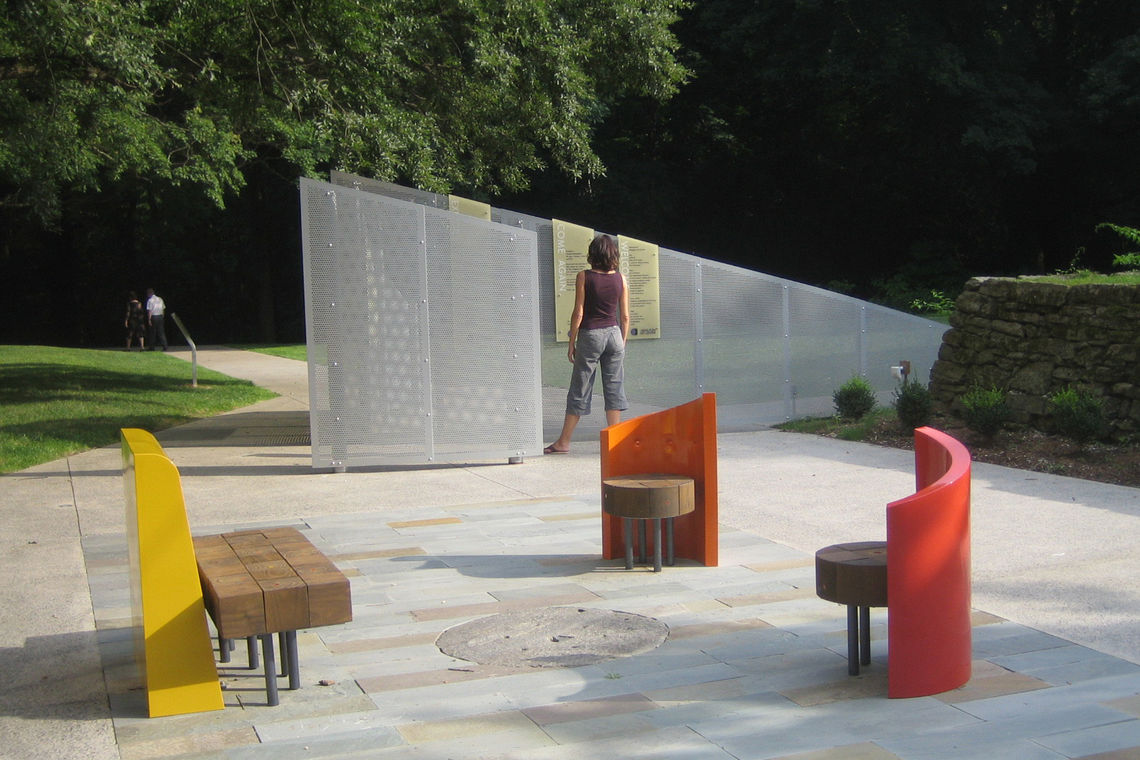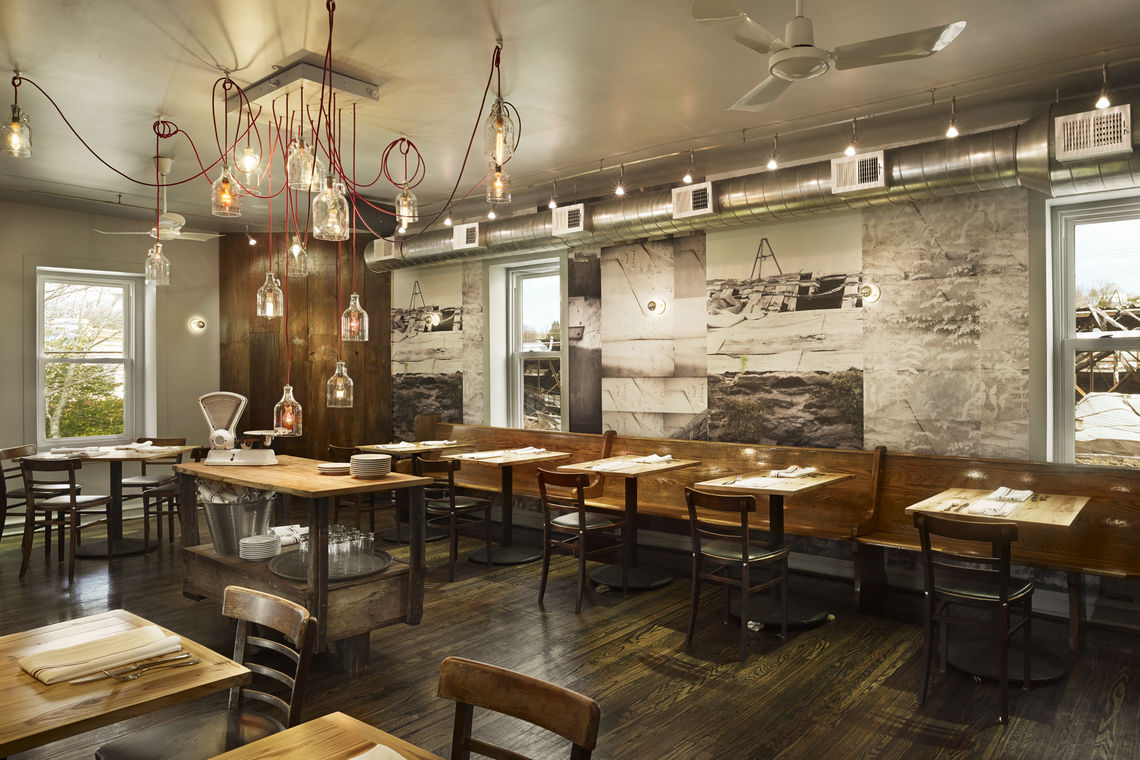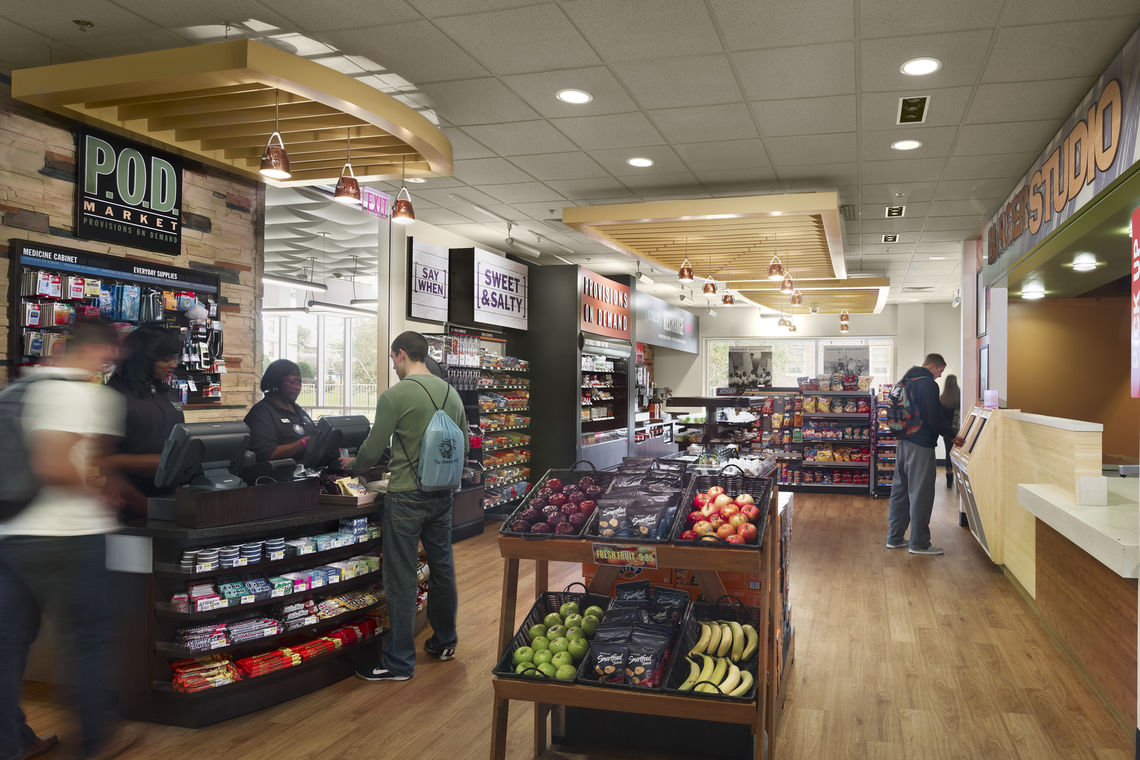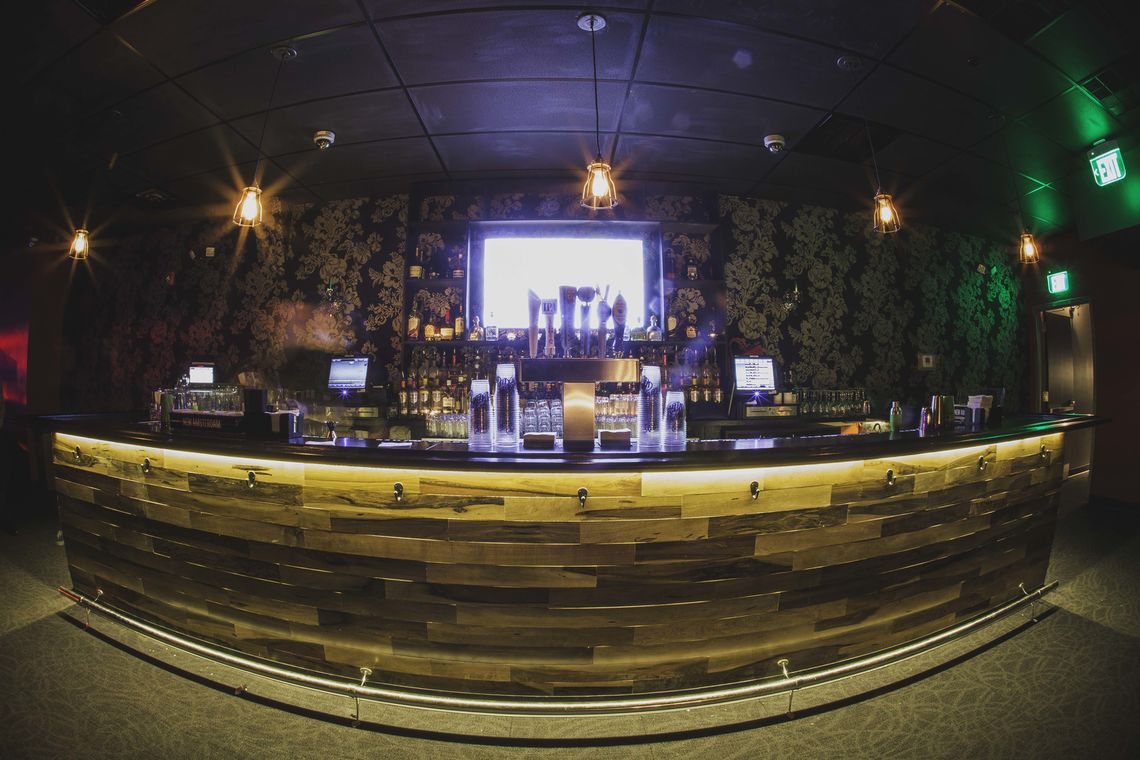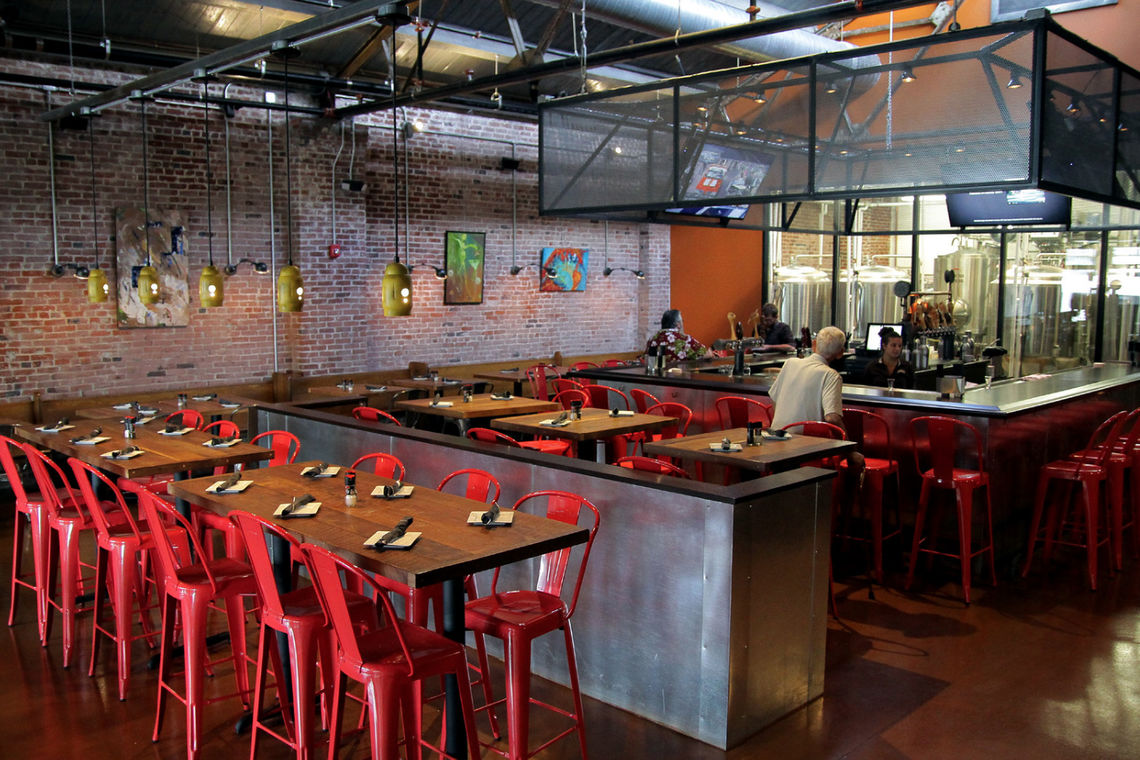Think Hospitality, not Hospital.
What would you rather live in: a hotel or a hospital? I think that you, me, and Eloise would all chose hotel. Yes, senior living communities need to be a bit of both at times, but choose finishes that avoid the sterile, frigid feel of a medical facility. Consider décor that is vibrant, cozy, and personable.
Activate Active Spaces.
Most older adults are far from sedentary. Provide primary, secondary, and tertiary social spaces where people can gather in large, organized groups or less formally for people watching or chatting. Design social spaces that flexibly accommodate a variety of activities- from Wii bowling to checkers to movie screenings. Seating and surfaces should be mobile. For rooms with specified uses, ensure that proper research and design is performed to make sure gyms, dance studio, woodshops, etc. are properly designed for their users’ needs.
Open to the Outdoors.
Getting outside is beneficial for a multitude of reasons. Senior living communities should offer more than a plot of grass for residents. Provide accessible paths with dispersed, structured activities or attractions in a variety of natural settings for residents of all abilities to enjoy. If possible, offer more challenging nature walks and hiking trails.
Don’t have a lot of room? Add a small water feature, bench, or activity zone in a courtyard. Provide furniture and activities with shading, encouraging residents to gather outdoors socially around games, gardens, or grills in various weather conditions.
Food: Fine Dine, No Time, & Just Wine.
Cafeteria dining is for college students. Older adults want flexible food choices from formal restaurant style venues, to grab-n-go options, to bar venues. Cities and towns thrive where people have a verity of options for food and drinks, why shouldn’t senior living communities offer the same options?

